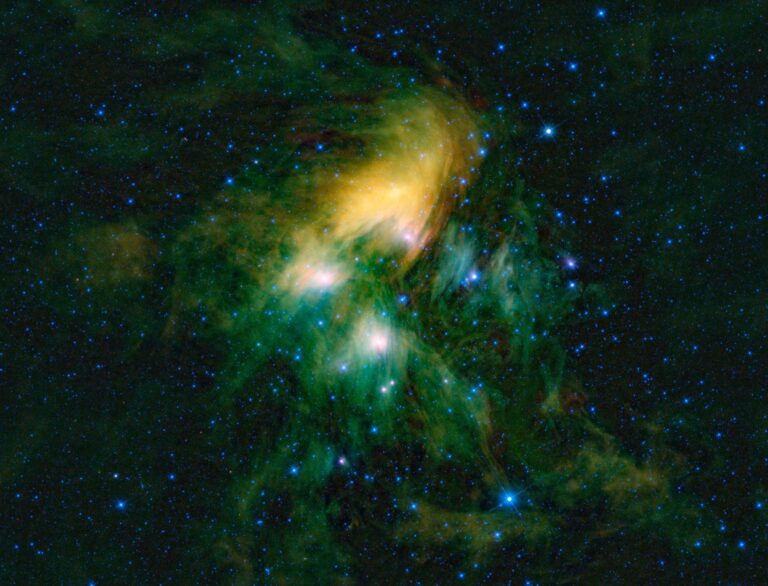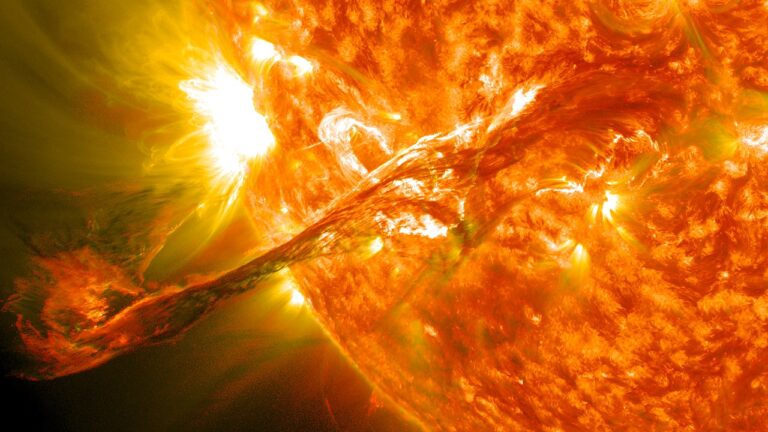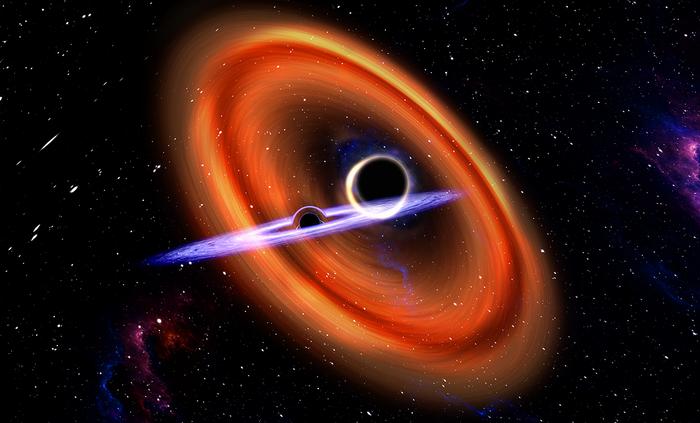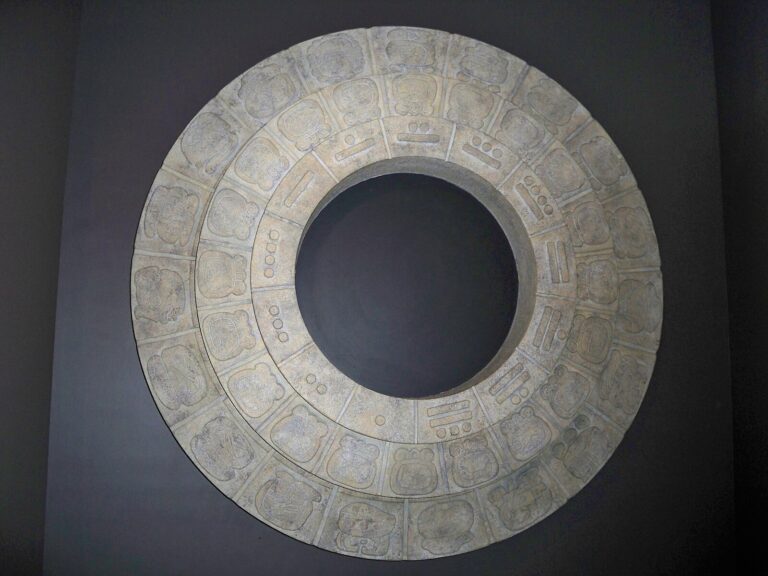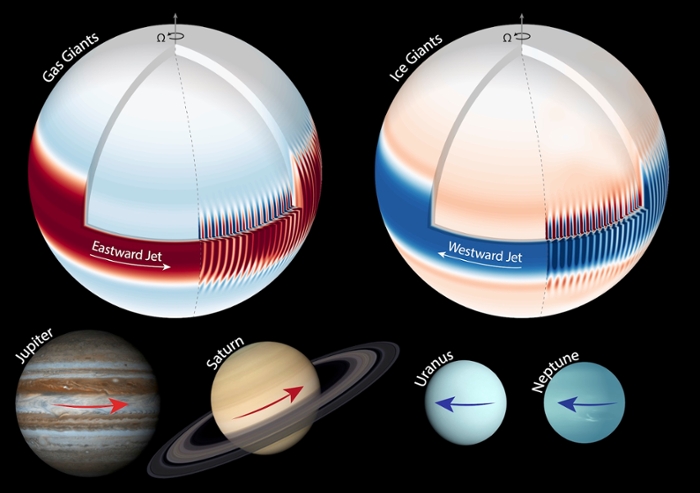
Credit: Ming Chen
Key Takeaways:
- Researchers from China have identified a newly discovered impact crater, named Jinlin crater, located in Zhaoqing, Guangdong Province, with findings published in *Matter and Radiation at Extremes*.
- The Jinlin crater is the largest identified Holocene impact structure, measuring approximately 900 meters in diameter and 90 meters deep, indicating a greater scale of extraterrestrial impacts during this epoch than previously recorded.
- Formed during the early-to-mid Holocene by a meteorite, the crater exhibits surprising preservation, attributed to granite layers containing quartz with planar deformation features, which signify intense shock pressures (10-35 gigapascals) unique to celestial body impacts.
- This discovery contributes significantly to understanding Earth’s impact history, providing an objective basis for studying the distribution, geological evolution, and impact regulation of small extraterrestrial objects.
Researchers from Shanghai and Guangzhou, China have discovered an impact crater. It sits on the side of a hill in Zhaoqing, Guangdong Province. They’ve given it the name Jinlin crater. The team announced its results in a paper published in the journal Matter and Radiation at Extremes (AIP Publishing).
Earth, throughout its history, has been struck many times by meteorites large and small. But only about 200 impact craters have been identified. And based on measurements of nearby soil erosion, the Jinlin crater is one of the youngest. It likely formed during the early-to-mid Holocene epoch (the one we’re currently in), which began about 11,700 years ago as the last ice age ended.
The Jinlin crater is the largest from the Holocene. It measures about 2,950 feet (900 meters) across and is roughly 300 feet (90 meters) deep. It’s a lot bigger than the previous record holder from the Holocene, Macha crater in Russia, which measures 985 feet (300 meters) in diameter.
“This discovery shows that the scale of impacts of small extraterrestrial objects on the Earth in the Holocene is far greater than previously recorded,” said author Ming Chen.
The team knows that the impactor was a meteorite. If it had been a comet, it would have left a much larger crater —perhaps 6 miles (10 kilometers) across. So far, the exact composition of the meteorite (whether it was stone or iron) has not been determined.
The preservation of the crater is surprising. The region it’s in has a climate featuring heavy rain and high humidity, conditions that accelerate erosion. The team examined the granite layers that have helped preserve the crater. One of granite’s constituents is quartz, and the researchers found many pieces with tiny structures called planar deformation features.
“On the Earth, the formation of planar deformation features in quartz is only from the intense shockwaves generated by celestial body impacts, and its formation pressure ranges from 10 to 35 gigapascals, which is a shock effect that cannot be produced by any geological process of the Earth itself,” said Chen. One gigapascal is the equivalent pressure of 145,000 pounds per square inch.
Geological differences across our planet have erased many previous impact craters. So, discovering a new one like Jinlin crater is significant.
“The impact crater is a true record of Earth’s impact history,” said Chen. “The discovery of the Earth impact crater can provide us with a more objective basis for understanding the distribution, geological evolution, and impact history and regulation of small extraterrestrial bodies.”
related: These 5 impact craters highlight Earth’s wild history


